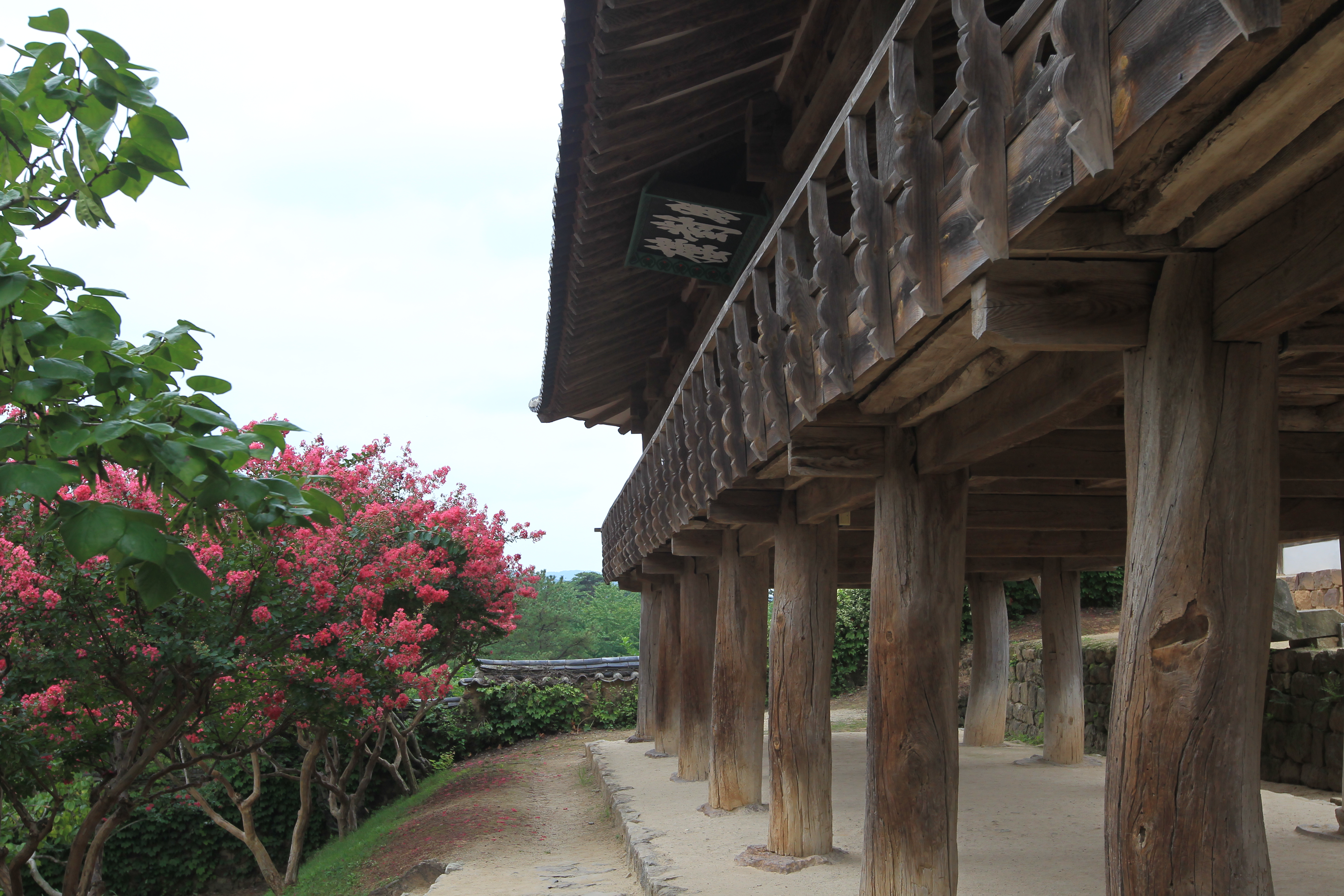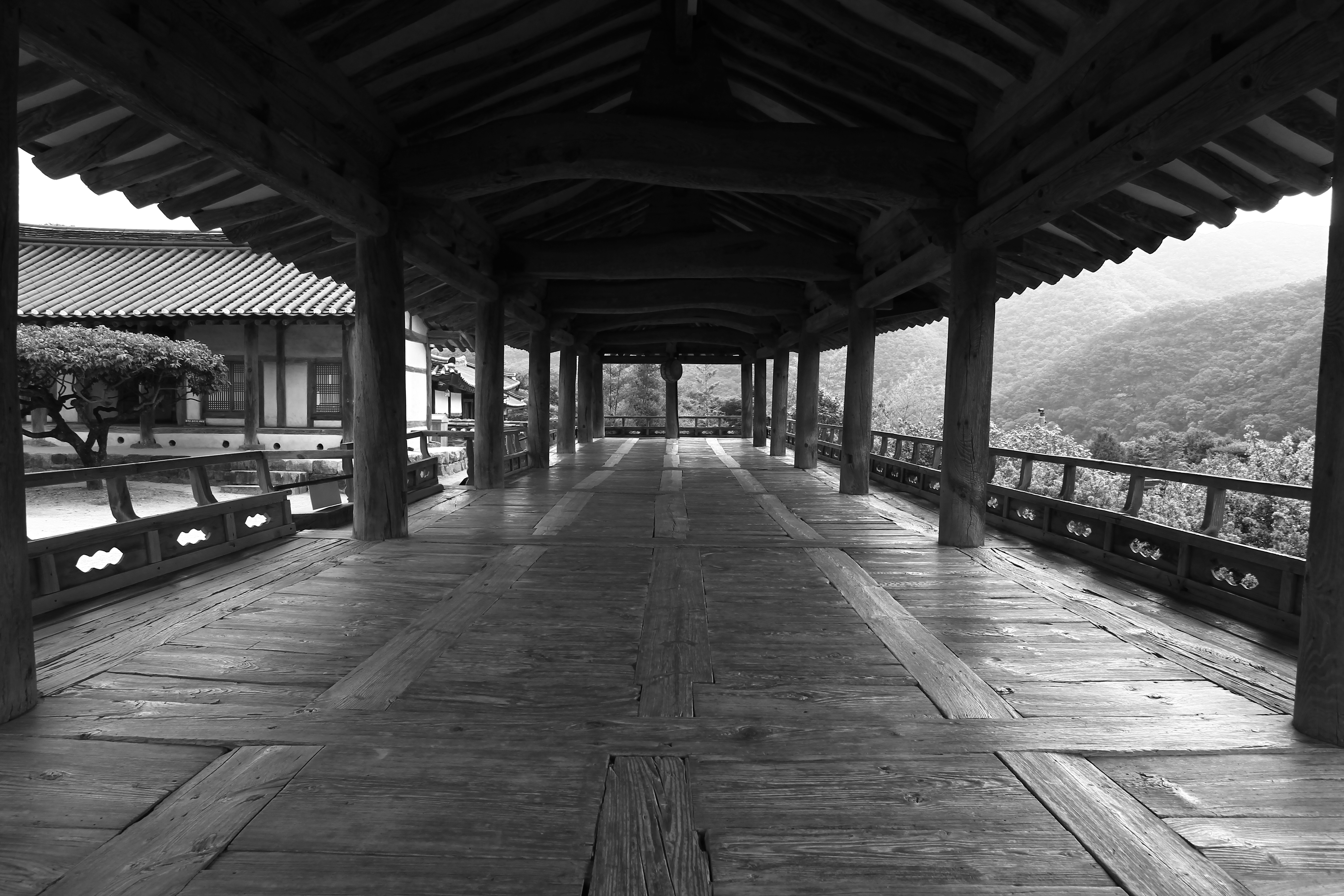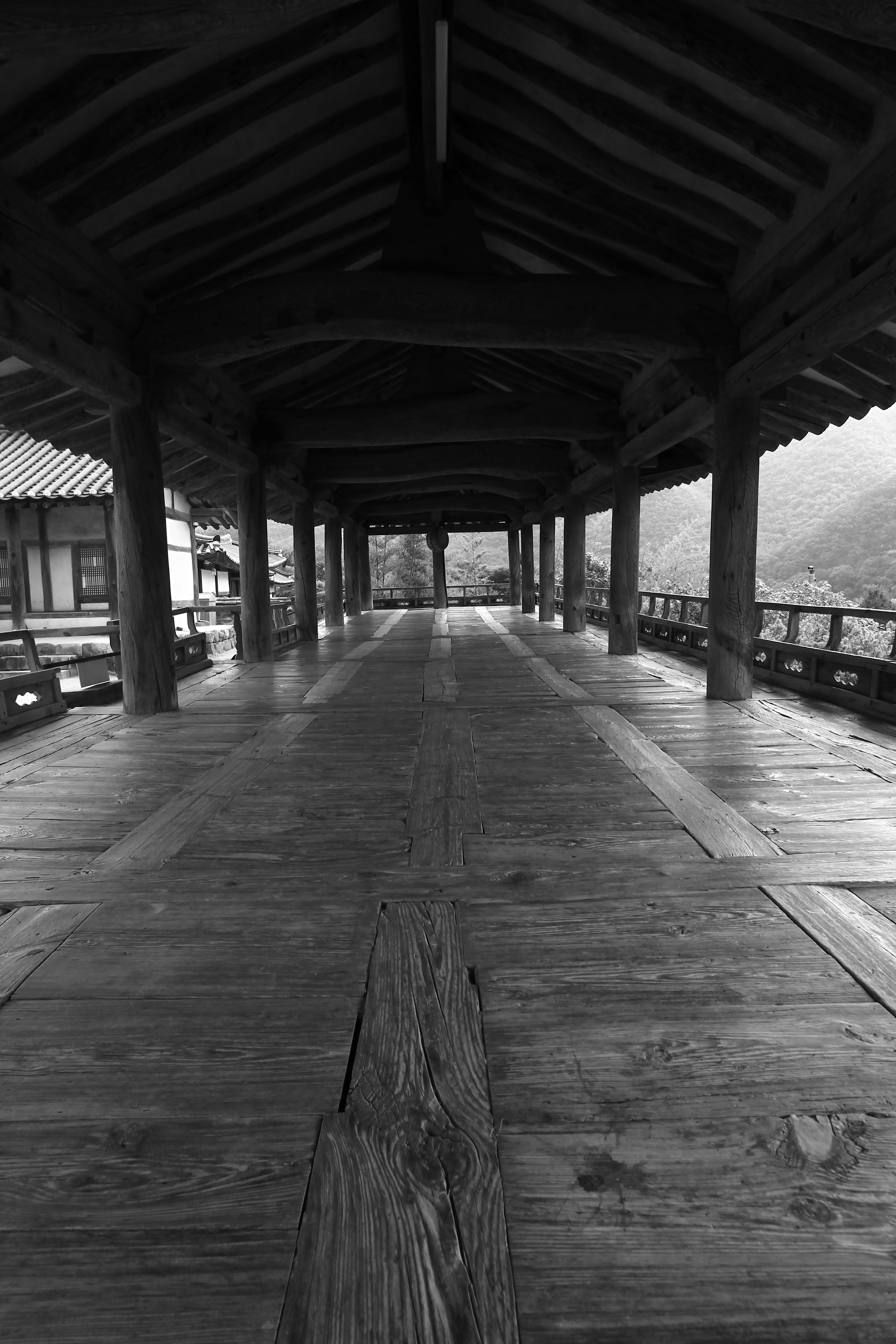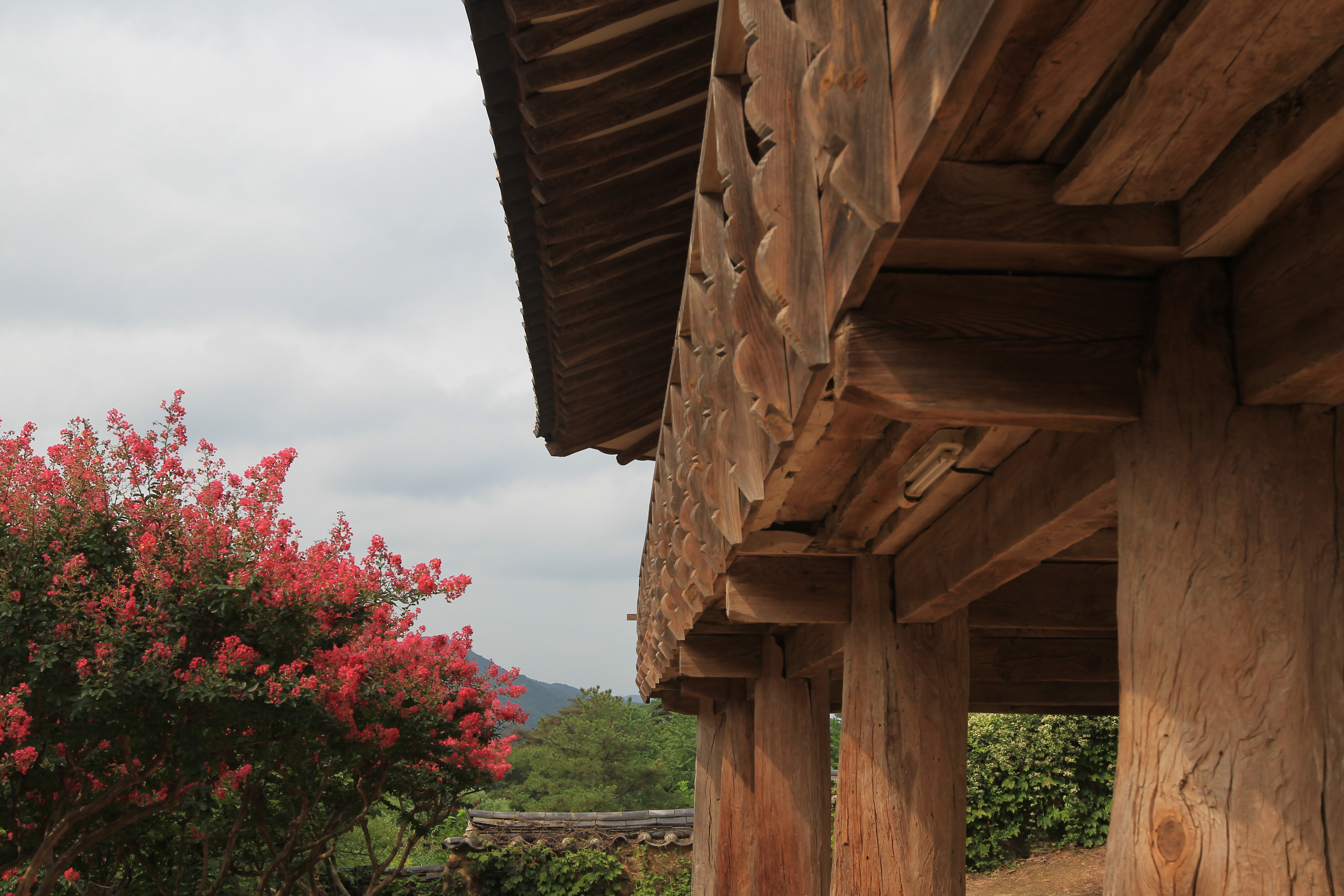
Byeongsanseowon, a Confucian academy, was built to commemorate Yu Seong-ryong, his life and studies.
Yu Seong-ryong was not only famous for his academic standards in Confucianism, writing and calligraphy, and for his virtue, but he also made great contributions during the Japanese invasion of Korea in 1592 by supporting the war through such means as building fortress walls and making firearms.

This place was originally Pungakseodang Village School, an educational institution of the Pungsan Yu Clan. Yu Seong-ryong moved here in the fifth year of the reign of King Seonjo (1572).
Later, in the sixth year of King Gwanghaegun’s reign (1614), Jondeoksa Shrine was built to hold his mortuary tablets and in 1629, the tablet of his third son, Yu Jin was added.

Pungakseodang was given the name 'Byeongsan' by King Cheoljong in 1863 and thence became a Confucian academy.
Inside the academy, there are Jondeoksa Shrine, Ipgyodang Lecture Hall, Jangpangak, where the relics are preserved, and the Dongjae and Seojae, which were the living quarters, Sinmun Gate, Jeonsacheong (a storehouse for ceremonial objects), Mandaeru Pavilion, and Gojiksa (caretakers’ quarters).

It is one of the 47 Confucian academies that outlived Daewongun’s 1868 movement to abolish them.
****
The Byeongsan Seowon is a seowon located in Byeongsa-ri village of the Pungcheon-myeon township in the city of Andong, North Gyeongsang Province, South Korea.
Seowon is a type of local academy during the Joseon Dynasty (1392–1897). It was first established as Jondeoksa (尊德祠) by local Confucian scholars especially Jeong Gyeong-se (鄭經世) in 1613, the fifth year of King Gwanghaegung's reign, to commemorate the scholarly achievement and virtue of the notable Confucian scholar and politician Ryu Seong-ryong.

The predecessor of the seowon was Pungak Seodang (豊岳書堂) which was a school located in Pungsan to teach the Pungsan Ryu clan during the Goryeo period. Ryu Seong-ryong moved the seodang to the current place in 1572.
The seowon was enlisted on the World Heritage List as one of components of Historic Villages of Korea: Hahoe and Yangdong in 2010, and as Seoseon, Korean Neo-Confucian Academies in 2019 respectively.

是纪念西厓柳成龙的学识与业绩的地方,位于由安东向西南方向的洛东江上游弯曲之处、背对花山。柳成龙不仅以道学·书法·文章·德行闻名天下,还在壬辰倭乱时期积极支持修筑城郭·制造火器等为扩充军备,立下很多功劳。屛山书院负责先贤配享与地方教育,培养出了很多学者,是1868年大院君书院撤废令时幸存的47所书院之一,是韩国建筑史上的重要遗址。
安東屛山書院は西屏柳成龍の学問と業績を称えるための建物で、安東から西南側へと洛東江の上流が曲がりながら流れる所に花山を背にして位置している。柳成龍は道学・字・文章・徳行で名高く、壬辰倭乱の時にも城郭の修築・火気製作をはじめ、軍備拡充に力を尽くし、大きな功績を挙げた人である。安東屏山書院は、先賢の位牌を祀ることと地方教育を担当し、多くの学者を輩出した所である。また、1868年の大院君の書院撤廃令の時にも除外された47ヶ所の書院の一つで、韓国建築史においても重要な遺跡である。

사적 제260호
안동 병산서원 安東屛山書院
수량/면적 : 27,251㎡
지정(등록)일 : 1978.03.31
소재지 : 경북 안동시 풍천면 병산리 30번지
시대 : 조선 선조 5년(1572)
관리자(관리단체) : 안동시
서애 유성룡의 학문과 업적을 기리기 위한 곳으로, 안동에서 서남쪽으로 낙동강 상류가 굽이치는 곳에 화산(花山)을 등지고 자리하고 있다. 유성룡은 도학·글씨·문장·덕행으로 이름을 날렸을 뿐만 아니라, 임진왜란 때에도 성곽 수축·화기제작을 비롯하여 군비확충에 힘써 많은 공을 세운 인물이다.

원래 풍악서당으로 풍산 유씨의 교육기관 이었는데, 유성룡이 선조 5년(1572)에 이곳으로 옮겼다. 그 후 광해군 6년(1614)에 존덕사를 세워 그의 위패를 모시고, 1629년에 그의 셋째 아들 유진의 위패를 추가로 모셨다. 철종 14년(1863)에는 임금으로부터 ‘병산’이라는 이름을 받아 서원이 되었다. 서원내 건물로는 위패를 모신 존덕사와 강당인 입교당, 유물을 보관하는 장판각, 기숙사였던 동·서재, 신문, 전사청, 만대루, 고직사가 있다.
병산서원은 선현배향과 지방교육을 담당해 많은 학자를 배출한 곳으로, 1868년 대원군의 서원철폐령 때에도 남아 있었던 47개의 서원 중 하나이며, 한국 건축사에 있어서도 중요한 유적이다.

댓글